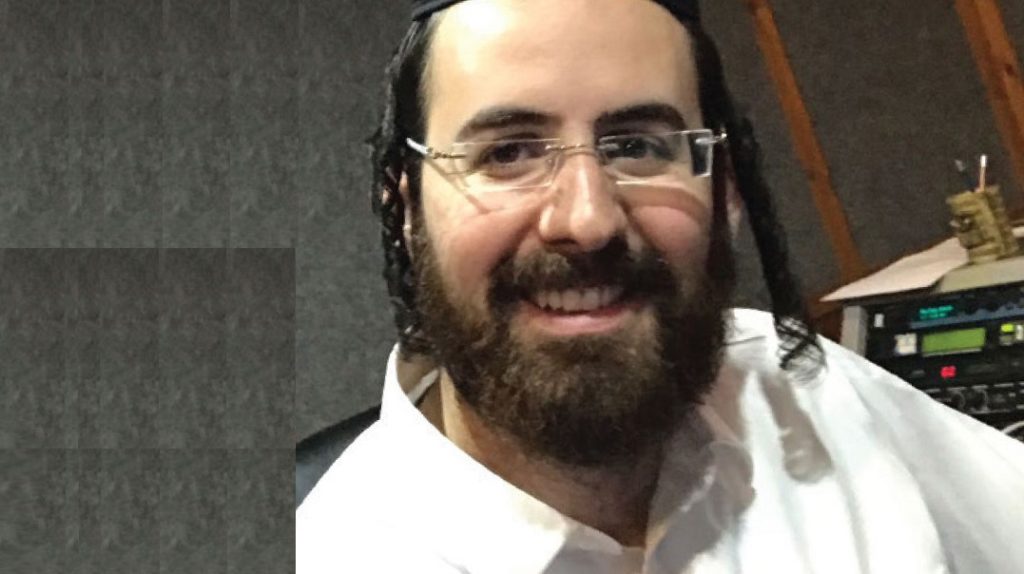The unsung craftsmen who give albums their special touch
T
he mixing engineer usually gets just one line on the album cover, but that short phrase represents no small amount of skill, and often hard work too. Once the songs have been sung, and the strings, percussionists, and wind instruments have all had their studio slots, it’s time for all the raw recordings to move on to the mixing studio, where a mixing engineer will listen to each track (usually between 50 and 100 of them) and adjust frequencies and volumes as needed to create the finished product.
Working behind the scenes on many contemporary Jewish hit albums and singles, engineer Chaim Gottesman discusses the evolving role of the mixer, and his own journey. “I learned a lot about music when Michael Tzy and I set up Tenor Studios in Bnei Brak, a recording and mixing studio. I was pretty young then, and we learned the basics of musical engineering. I spent endless hours practicing and trying things out. I picked up new concepts and we expanded the studio’s capabilities, so that there were nights when I actually fell asleep on the studio floor,” Gottesman says.
His first major project was mixing the album Asicha, which was released by Reb Pinchas Bichler of Malchus Choir, and Tzvi Blumenfeld of Freilach Band, for the Sanzer chassidus. He’s still learning, though, he says, from each professional and artist with whom he collaborates. Because like music itself, the art of mixing changes and develops with the times.
“There are two approaches to mixing,” Gottensman explains. “One is a very technical approach, which aims to iron out glitches and potential conflicts in the tracks in order to get the mix ‘right.’ The other involves a creative mindset, where the mixer sees the tracks as a raw material that he can work with to bring out the soul of the song in the clearest or most creative way.”
Gottesman says he realized just how much sound changes over the years when he recently dusted off an old song after four years. “Moishy Roth of Hamenagnim orchestra composed a song called ‘Bedamayich,’ which was recorded by Israeli chazzan and singer Avremi Roth. I mixed the song, but it was never released. Four years later, they told me they were ready to release it. I opened up my archives, listened to the song, and decided to use the original tracks, but remix them. The remix is totally different from the original. Instead of making the guitar and strings dominant, I let the sound effects, electronics, and percussion dominate the sound, bringing the song up to date — without rerecording anything.”
Gottesman has recently branched out, getting involved in the earlier stages of musical projects. He works at the Zemiros studio owned by Reb Chaim Banet, where he gets to collaborate on each song’s musical direction long before the mixing stage. “For example, when we work on the L’chaim Tish albums, or on Reb Chaim’s own songs, we’re looking for a real traditional, heimish feel. Yet we still want the music to feel fresh. One way to do that is to hire musicians who are somewhat new to the chassidish scene and don’t play chassidish music that often. I give them the same musical score, but it sounds a little different. I once hired a flautist from Turkey to record the flute track for a particular song and send it to me. It was an investment that paid off in vibrant sound.”
One of Gottesman’s most productive musical relationships was forged over a Shabbos invitation, when he found himself stranded in New York on a trip to the States. “My plan was to spend Shabbos in Lakewood, but at the last minute that fell through. I didn’t know many people in New York but a friend arranged for me to stay with well-known producer Yochi Briskman. From that time that Yochi hosted me, I’ve gotten to know him and we’ve collaborated on many projects — such as Shulem Lemmer, Baruch Levine, and Simcha Leiner albums — so I guess you could say the good taste of that Shabbos has remained.”
(Originally featured in Mishpacha, Issue 764)



